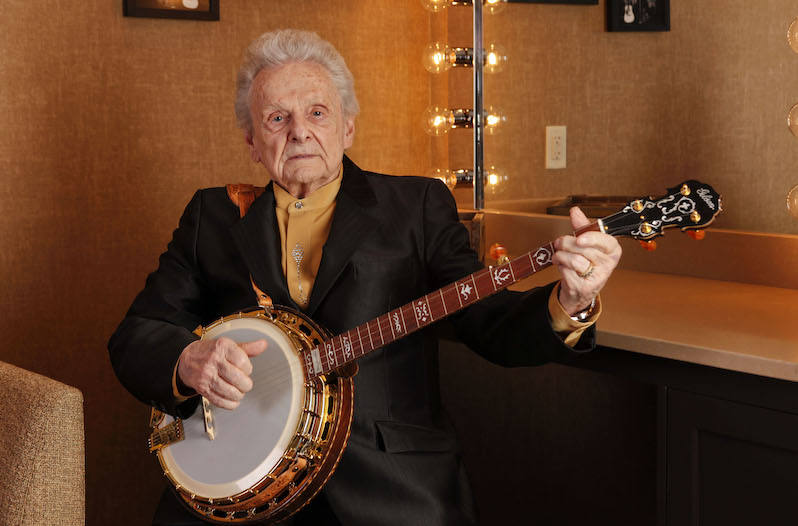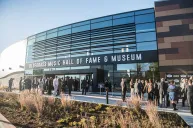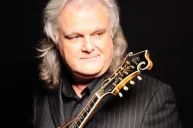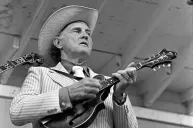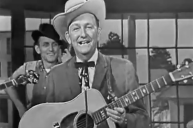Banjo playing Ralph Edmund Stanley, or Dr. Ralph Stanley, was part of the first generation of great American bluegrass musicians. Inducted into the Grand Ole Opry as well as the Bluegrass Music Hall of Fame, Stanley and his banjo played a distinctive role in spreading that high, lonesome sound.
The singer was born in 1927 in the tiny town of McClure, Virginia to parents Lee and Lucy Stanley. As a teenager, he purchased a banjo for $5 and taught himself to play with help from his mother. He learned "clawhammer style," which is a classic two-finger method popularized by bluegrass bands. Basically, his mom helped pave the way for his entire future by tuning that banjo and teaching him a new skill.
Following his high school graduation in 1945, Stanley was drafted into the army. He served for a year before returning home and immediately started to perform his music. While he briefly considered a veterinary career, Ralph ultimately chose to join his older brother Carter Stanley, and form their very own band, The Clinch Mountain Boys. The Carter family created music inspired by the popular gospel music in their area and pretty soon found themselves performing on local radio stations, including Bristol, Tn.'s WCYB.
Their first performance was on WNVA in Norton which led to more gigs throughout their home state of Virginia. The initially covered a lot of fellow bluegrass musician Bill Monroe's music before starting to write their own material. Columbia Records signed the duo as The Stanley Brothers (accompanied by their band The Clinch Mountain Boys), and they continued to perform as such until Carter Stanley's death in 1966.
Following his brother's passing, Ralph was left with a tough choice. He decided to revive The Clinch Mountain Boys, which was eventually taken over by his son, Ralph Stanley II. He chose to lead the band towards more traditional sounding music that was more Appalachian mountain-style. That choice led the group to have incredible success on the road and at bluegrass festivals. Two of its members, Keith Whitley, and Ricky Skaggs, even branched out from old-time music to have their own hugely successful country music careers.
Read More: Watch Ralph Stanley Perform 'Man of Constant Sorrow' at the Opry
Stanley became known as Dr. Ralph Stanley after being awarded an honorary Doctorate of Music from Lincoln Memorial University in Tennessee in 1976. The mountain music so loved by Stanley helped pave the way for popular bluegrass music and was even reintroduced to younger audiences in the 2000 film O Brother Where Art Thou starring George Clooney. The film's album earned Stanley a 2002 Grammy award for album of the year as well as Best Male Country Vocal Performance.
The iconic singer was granted a secondary honorary Doctorate of Music from Yale University in 2014, right before his death in 2016 from skin cancer complications. Below are five of his greatest performances over the years that showcase his unique style and really capture how talented the banjo player was.
There's even a Ralph Stanley Museum in Clintwood, Va. which tells his life story. As of Aug. 2020, it was closed indefinitely due to COVID-19 (coronavirus) precautions.
This story originally ran on Feb. 21, 2019.
1. "O Death"
2. "Man of Constant Sorrow"
3. "Mountain Dew"
4. "White Light, White Heat"
5. "Pretty Polly" with Patty Loveless
Now Watch: 10 Legendary Instruments of Country Music
